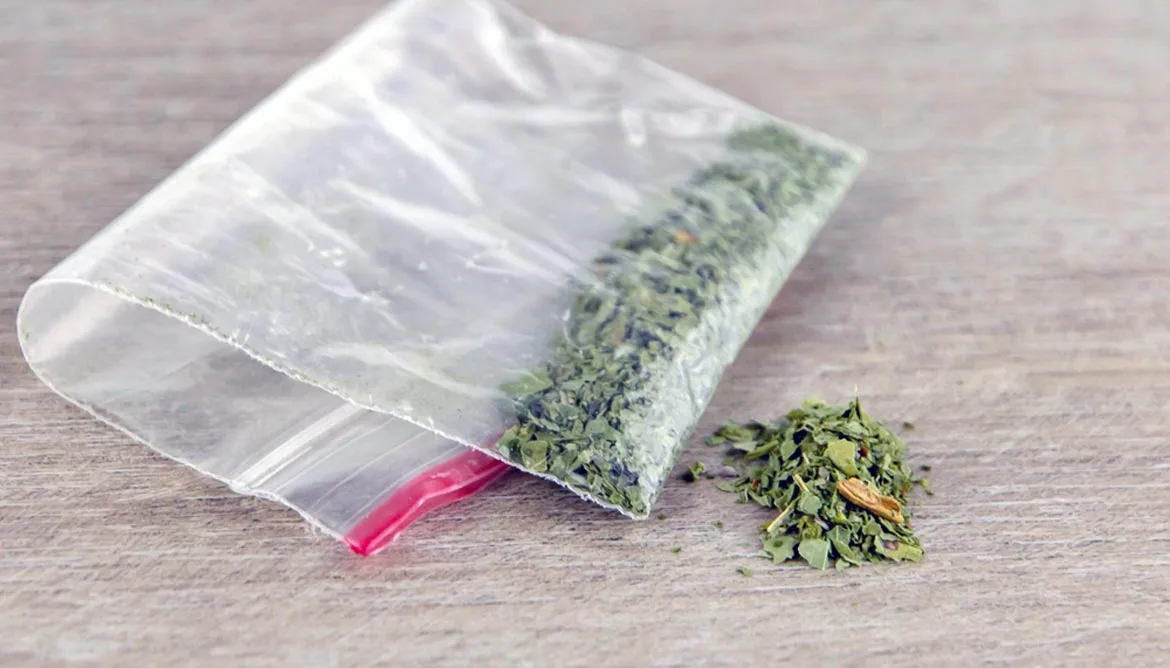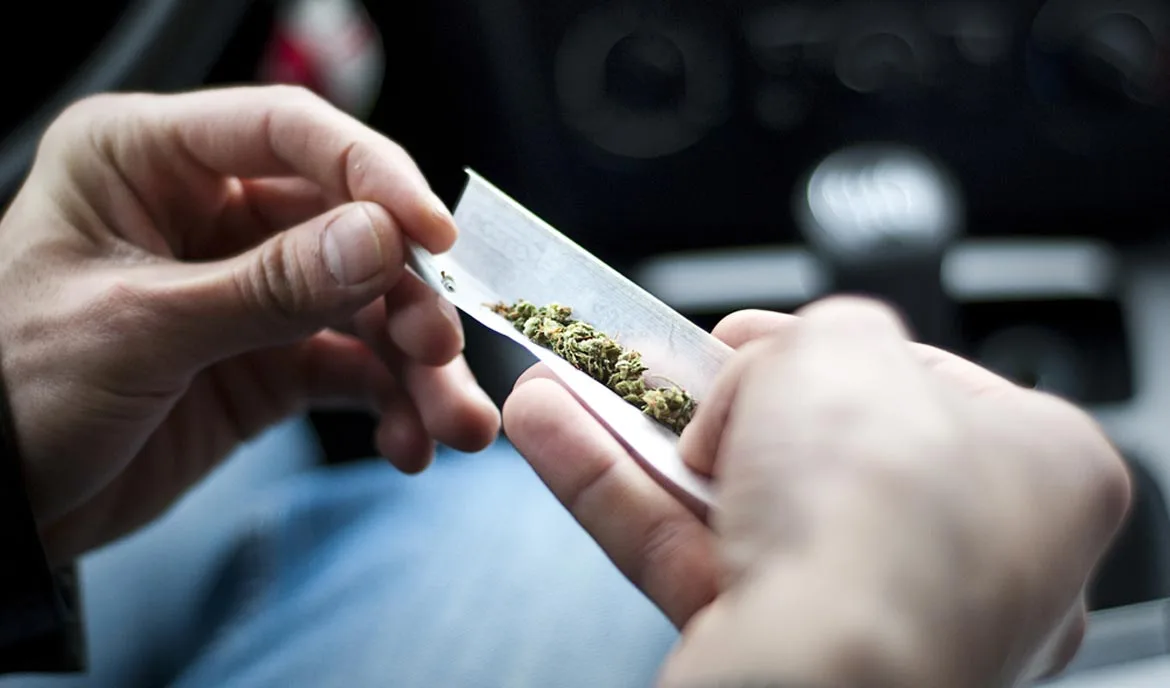Getting Help for Synthetic Marijuana
Table of Contents
Researchers have tried to replicate the effects of marijuana’s psychoactive compounds for years without triggering positive drug tests. Marijuana users initially used urban legends and do-it-yourself methods to get false negatives during drug tests.
Once it became clear that most of these methods were ineffective, several researchers set out to develop a drug that would mimic the same effects as marijuana without being detected by a toxin screen. This is what inspired the development of synthetic marijuana, and for many users, brought up issues of synthetic marijuanas withdrawal symptoms.
According to recent data, nearly 4% of the United States population now uses synthetic cannabinoids. Though some looked to synthetic marijuana as the solution to their drug-testing woes, the results were far from it. Synthetic marijuana, also known as Spice, has a hazardous chemical composition that has disastrous effects on recreational users.
Immediate Placement for ‘Spice’ Treatment
There are various signs to look out for if you suspect a loved one is abusing synthetic marijuana or experiencing withdrawals.
Keep reading to learn more about this synthetic marijuana abuse and how to find effective treatment at Emerald Isle Health & Recovery.
Common Street and Slang Names for Synthetic Marijuana
Below are the common slang or street names for synthetic marijuana. Some of these are also brand names, which are constantly changing as ingredients shift.
- Spice
- K2
- Bliss
- Blaze
- Black Mamba
- Genie
- Legal weed
- Scooby Snax
What is Synthetic Marijuana?
Spice is a form of synthetic marijuana or cannabinoids. Before recognizing the signs of withdrawal from synthetic marijuana, you must first understand what chemicals are found in it.
To simulate the effects of cannabis, the designers of this synthetic cannabinoid in the lab used dried plant material covered with compounds designed to induce a feeling that mimics the marijuana-induced high. This formulation looks like dried marijuana, but the plant matter sold as Spice is unrelated to natural marijuana. It often comes in colorful packaging labeled as incense.
The primary chemical compound in natural cannabis is THC or Tetrahydrocannabinol. Lab-manufactured synthetic cannabinoids have a similar structure to THC but are less predictable.
Due to the widespread lack of regulation surrounding synthetic cannabinoids, K2 comes in various forms. In some cases, this may cause serious adverse consequences. These artificial cannabinoids can make K2 extremely potent and addictive. However, even with the knowledge of these risks, recreational users can quickly become addicted and dependent on it for survival.
What are the Differences Between Organic and Synthetic Marijuana?
Spice’s wide variety and unpredictability make it potentially hazardous to your body. There is no standard formula you can expect to get when purchasing synthetic marijuana. This increases the likelihood of synthetic marijuana overdose. The United States government has recently imposed stricter regulations to help control the sale of synthetic cannabinoids.
Although Spice is illegal, some manufacturers have altered the chemical formulas to help increase accessibility. The chemicals K2 users consume in synthetic marijuana may vary drastically.
Spice is primarily manufactured in India, Pakistan, and China, so there is minimal control and consistency of the drug’s chemical composition. Even synthetic marijuana from the same manufacturers may vary widely from one batch to the next. Each variation has a different potency, side effects, and adverse health implications.
Synthetic weed is inconsistent and highly potent, making it among the most dangerous drugs on the market. These factors also make the drug extremely addictive and difficult to withdraw from.
People battling substance use disorders (SUDs) usually experience withdrawal symptoms if they reduce their drug intake or suddenly stop using. If someone is dependent on a drug, it’s because they’ve used it frequently or used a significant enough quantity to become dependent.
Symptoms of synthetic marijuana withdrawal vary widely and include:
- Mild to severe headaches are worsened by exposure to bright light or loud noises.
- Mental illness like depression
- Anxiety, possibly accompanied by some paranoia or haziness.
- Mood fluctuations can exacerbate the user’s irritability.
Some people report experiencing spice withdrawals, such as:
- Tremors
- Shaking
- Heart palpitations
- Hyperventilation
- Insomnia
All forms of synthetic marijuana can be addictive. Withdrawal symptoms are common for those who develop a tolerance, dependence, or addiction to Spice.
Synthetic marijuana withdrawal may begin the day you quit using Spice. The onset is proportional to the individual’s habitual consumption pattern. When the body starts the detox process, withdrawal symptoms are at their worst. During detox, the body gradually eliminates the drug from the body.
Synthetic Marijuana Addiction Help is Here
Are there Risks Associated with Spice Withdrawal?
Synthetic cannabinoids like Spice are highly potent. This means that adverse effects of use and withdrawal symptoms might quickly become life-threatening. The negative health and side effects or synthetic marijuana abuse may necessitate visiting the hospital or a drug rehab facility.
Severe synthetic marijuana symptoms include seizures, heart failure, kidney failure, and psychosis. Spice withdrawal causes multiple physical symptoms. However, the psychological and emotional consequences of abstaining from usage frequently manifest as the most severe withdrawal symptoms. These include signs such as fatigue and depression, which can heighten a person’s desire to relapse and continue using Spice to enjoy its euphoric and upbeat effects.
The euphoric benefits of synthetic marijuana abuse don’t last very long because of the drug’s short half-life, and withdrawal symptoms can set in as soon as the high wears off. Synthetic marijuana overdoses might happen if users decide to take more of the drug before the effects of the previous dose have worn off.
How Long Will Synthetic Marijuana Withdrawal Last?
Some people who have used synthetic marijuana report feeling the aftereffects of the drug long after they have stopped using it. The adverse effects of Spice may persist for up to a week after the last dose.
Research reveals that even after starting the withdrawal process, most individuals continue to endure significant behavioral symptoms and painful urges. People using synthetic marijuana often continue using it despite knowing that it can affect their judgment and cause troubles with work, school, or personal life.
Withdrawal Timelines for Synthetic Marijuanas
Withdrawal symptoms like extreme cravings, insomnia, despair, and anxiety can last up to a week, even with medical intervention. Users trying to quit synthetic marijuana alone are unlikely to be successful due to the severity and persistence of withdrawal symptoms.
Some physical symptoms may end in two days, and most psychological signs commence after the second day. People often experience acute anxiety, intense desires, sweating, tremors, nightmares, and nausea by the fourth day.
High heart rate and blood pressure usually persist through the end of the week. However, most synthetic marijuana withdrawal signs subside in a week. Doctors may prescribe low dosages of benzodiazepines to help clients sleep and calm their nerves.
Medical Detoxification Process for Synthetic Marijuana Addiction
Detoxification from synthetic marijuana can be excruciating. Therefore, enrolling in a rehab program is the best and safest option for beating synthetic marijuana abuse or addiction. K2’s chemical components are flushed out of the system in less than a day.
Depressive episodes, cravings, and other withdrawal symptoms might last up to a week after stopping use. Due to the severity of these symptoms, detoxing alone is often unsuccessful. This is why collaborating with doctors, and other medical experts is so helpful.
You need medical practitioners by your side to beat Spice addiction successfully. The mental, physical, and behavioral aspects of recovery can all be helped by medical professionals. Withdrawal symptoms might also be treated medically.
Professionals in the field may prescribe low doses of antidepressants or antianxiety drugs as part of sleep aids, and mood stabilizers are also available from this source.
Having access to medical professionals during the healing process is also crucial. Doctors can lessen the likelihood of detrimental consequences on the body’s systems. At the time of admission, you will be evaluated by a medical staff that has been trained to spot potential issues and provide solutions to avoid them in the future.
24 Hour Placement for Marijuana & ‘Spice’
Get Help for Synthetic Marijuana Addiction Now
Individual and group counseling, peer support, and a calm, secluded setting are some of the advantages of a rehabilitation program supervised by addiction experts. When attempting to overcome an addiction to synthetic marijuana, detoxification is the first and most challenging stage of treatment. If you need help, don’t try to beat Spice addiction and the urges that come with it on your own.
Emerald Isle Health and Recovery can help you recover from your Spice addiction or drug abuse. Contact us to learn more about our facility’s services and how our compassionate team may help you overcome synthetic cannabis withdrawal.




